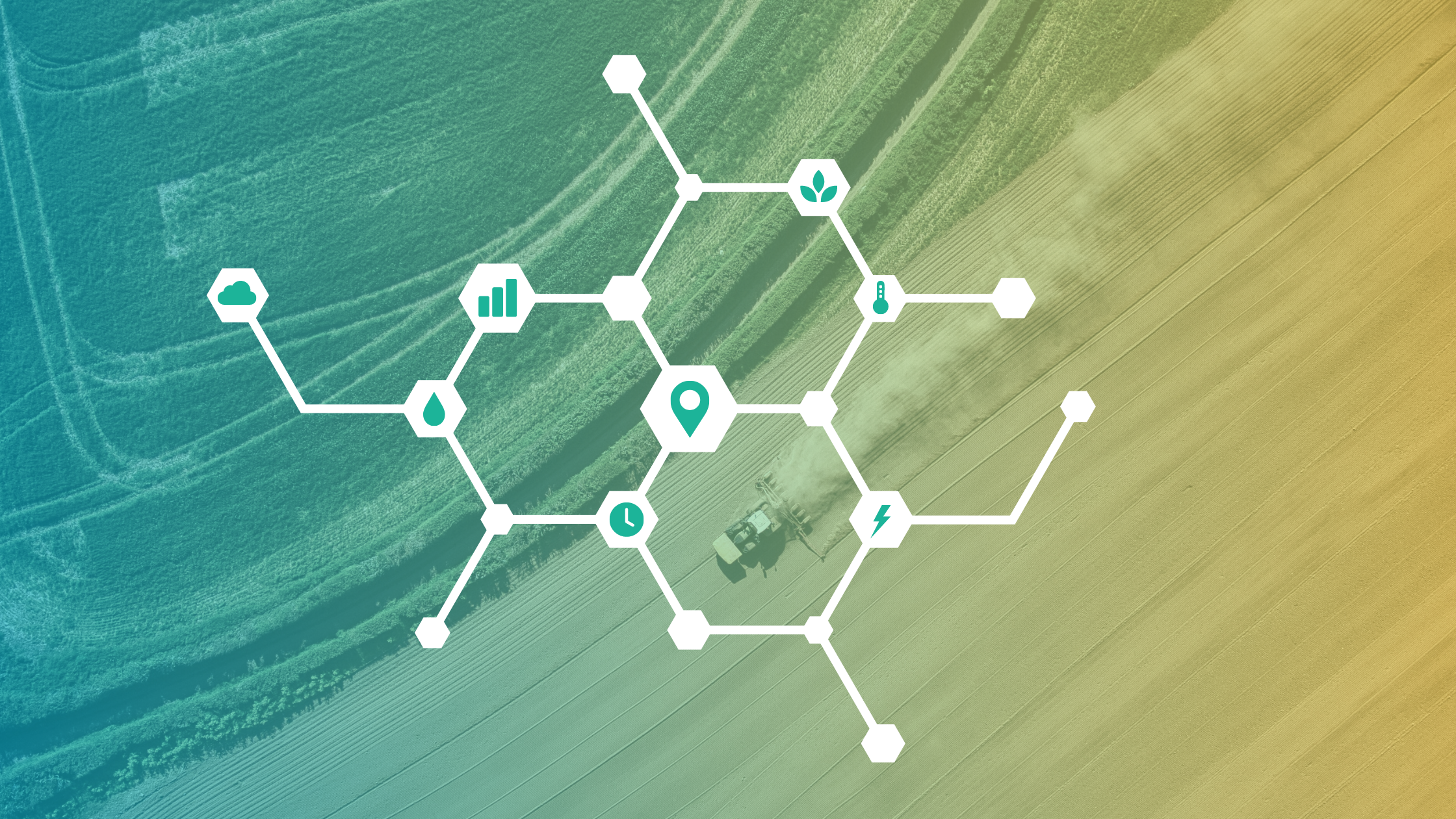5 benefits of using telemetry in agriculture
Telemetry is one of the technologies that integrates agriculture 4.0 and one of the most valuable. Discover the 5 main benefits of its application.

15.02.24.
Telemetry, or remote sensing, is a technology that is increasingly used in agriculture that allows the remote measurement and transmission of data from the field and agricultural activity in real time.
It is used to measure and control different variables such as the geolocation of the machine, working hours, temperature, humidity, soil quality, etc. This data is collected through sensors that are installed in the field, on agricultural equipment and machinery, and sent to a centralized monitoring system in the form of an application, such as BatsiCloud. From this data, informed and accurate decisions can be made to optimize and improve the performance of agricultural activity.
Below, we present 5 benefits of using telemetry in agriculture:
- Improves water use efficiency: Soil moisture sensors allow you to measure the amount of water available in the soil and adjust the amount of irrigation needed accordingly. This helps reduce water waste and improves crop health by preventing soil oversaturation.
- Reduces the use of chemicals and pesticides: Soil and atmospheric quality sensors allow the presence of pests and diseases in crops to be detected early. This allows farmers to take preventive measures before they become a bigger problem, helping to reduce the amount of chemicals used and therefore decreasing environmental impact and reducing costs.
- Improves energy efficiency: Remote monitoring systems allow farmers to control and optimize the use of machinery and equipment. This can help reduce energy consumption and therefore reduce operating costs.
- Improves crop planning: Climate and soil quality sensors allow farmers to plan their crops more accurately and effectively. The data collected can help identify the best times to plant and harvest, as well as select crops that best adapt to climatic and soil conditions.
- Helps comply with regulations and food quality standards: Soil and atmospheric quality sensors allow you to monitor and document nutrient and chemical levels in crops, helping to ensure food safety and product quality. products.
In summary, telemetry is a very valuable technology that contributes to more efficient and more sustainable agriculture to address the sector's imminent challenges: profitability and climate change.
Discover how you can incorporate telemetry into your machines with BatsiCloud in a simple way and adapted to your needs.


